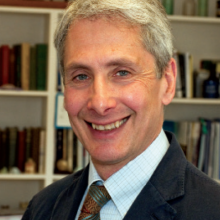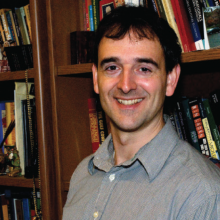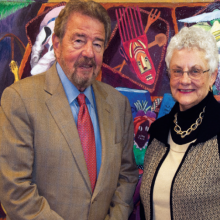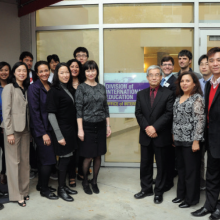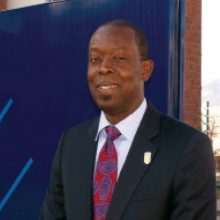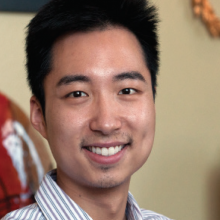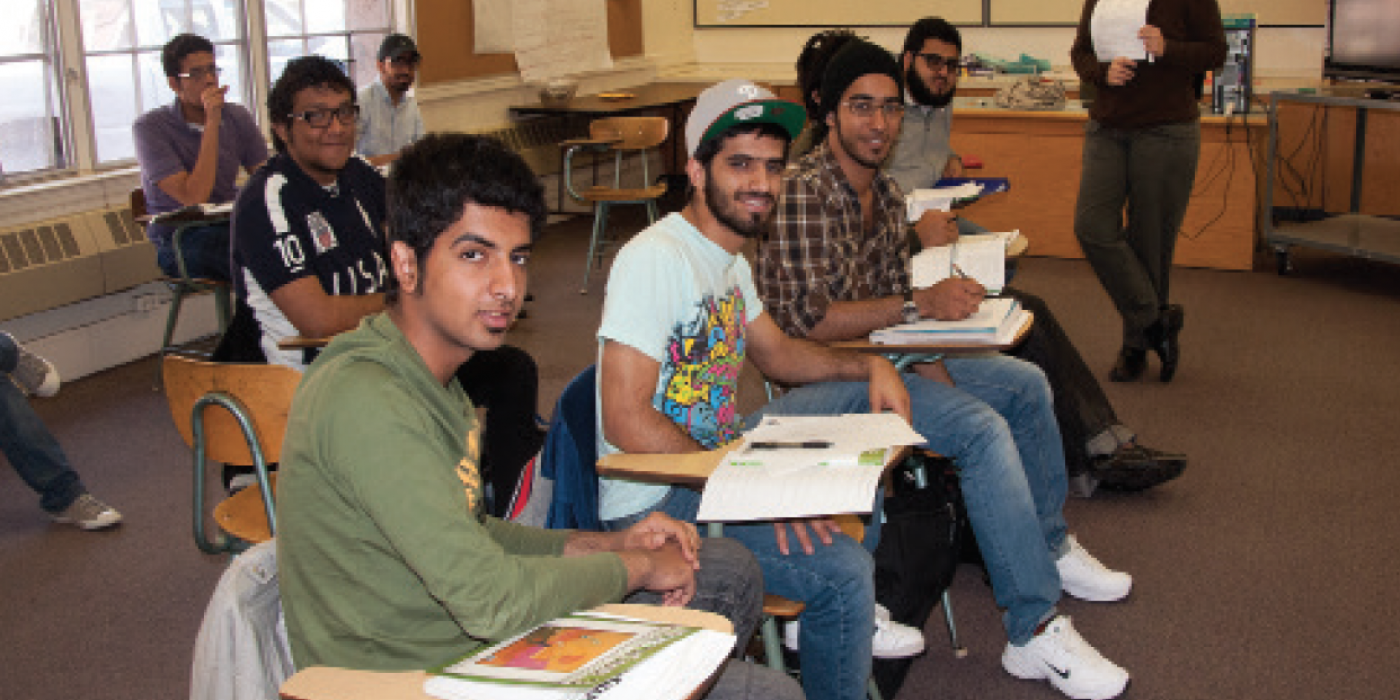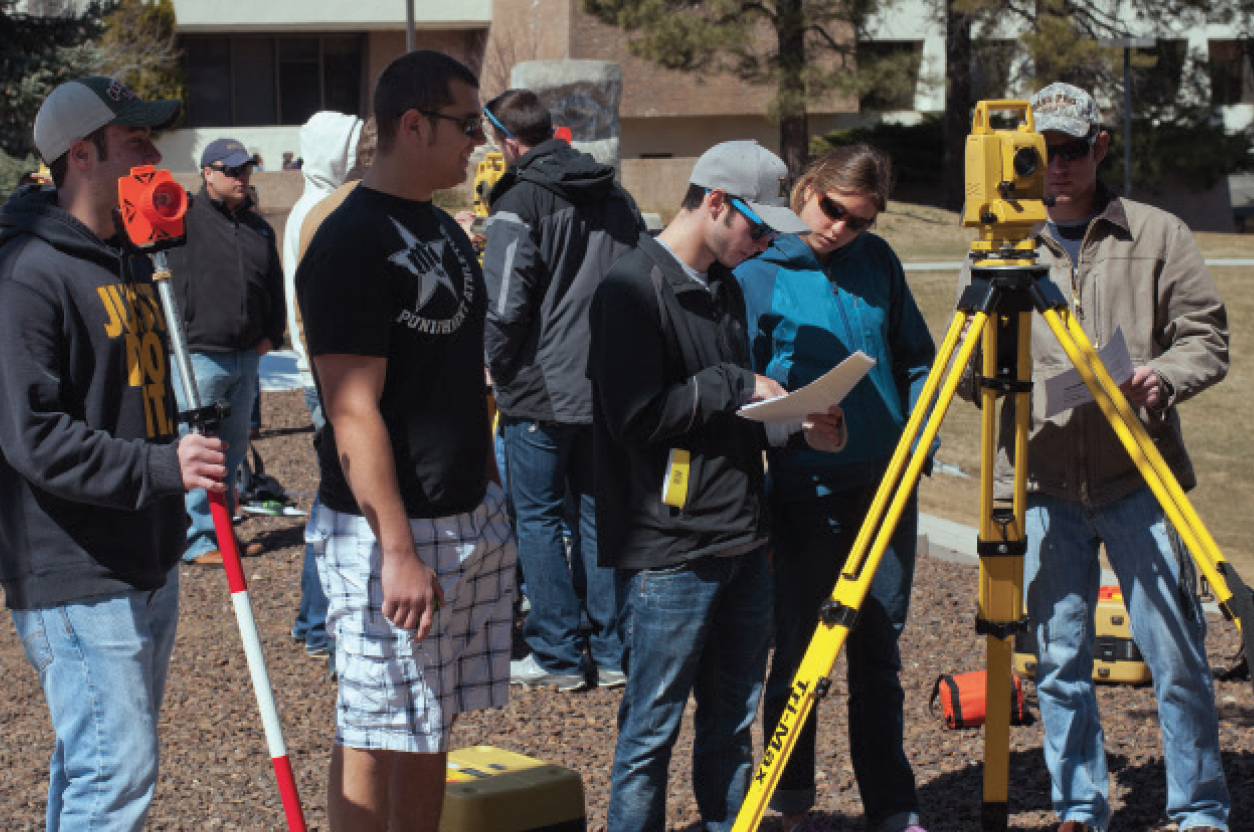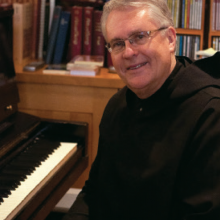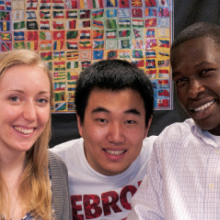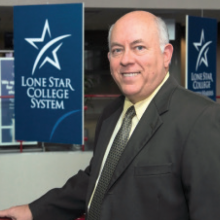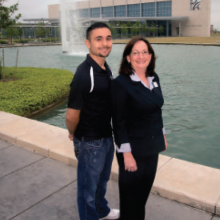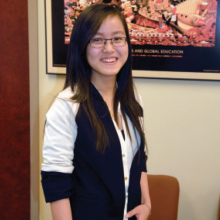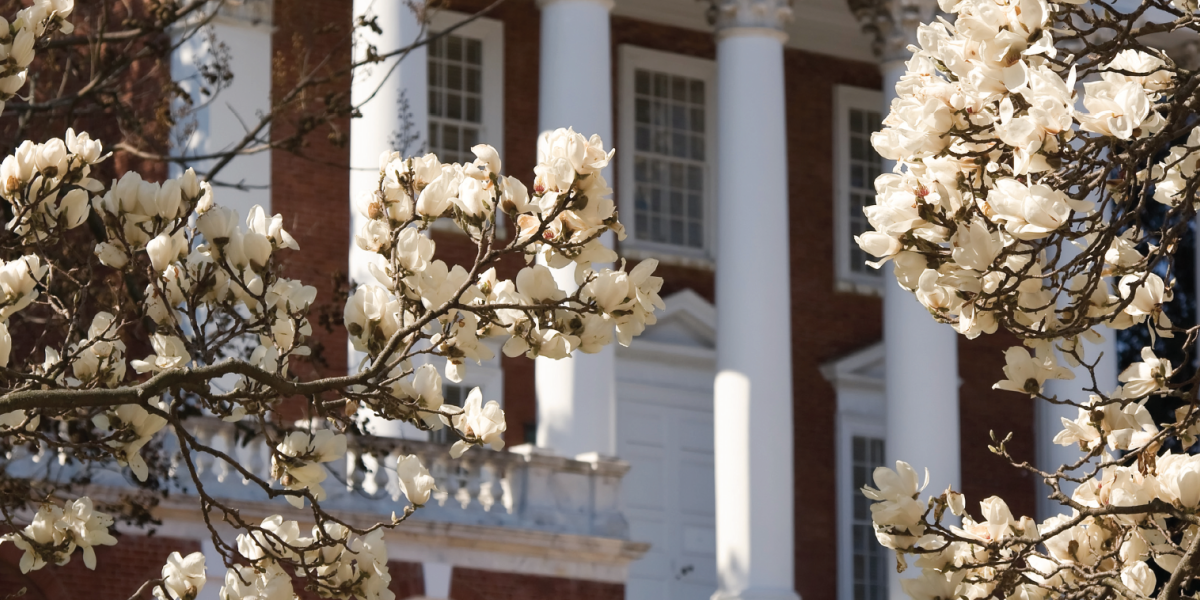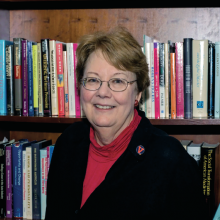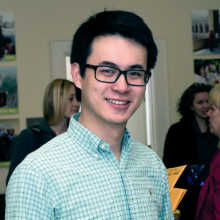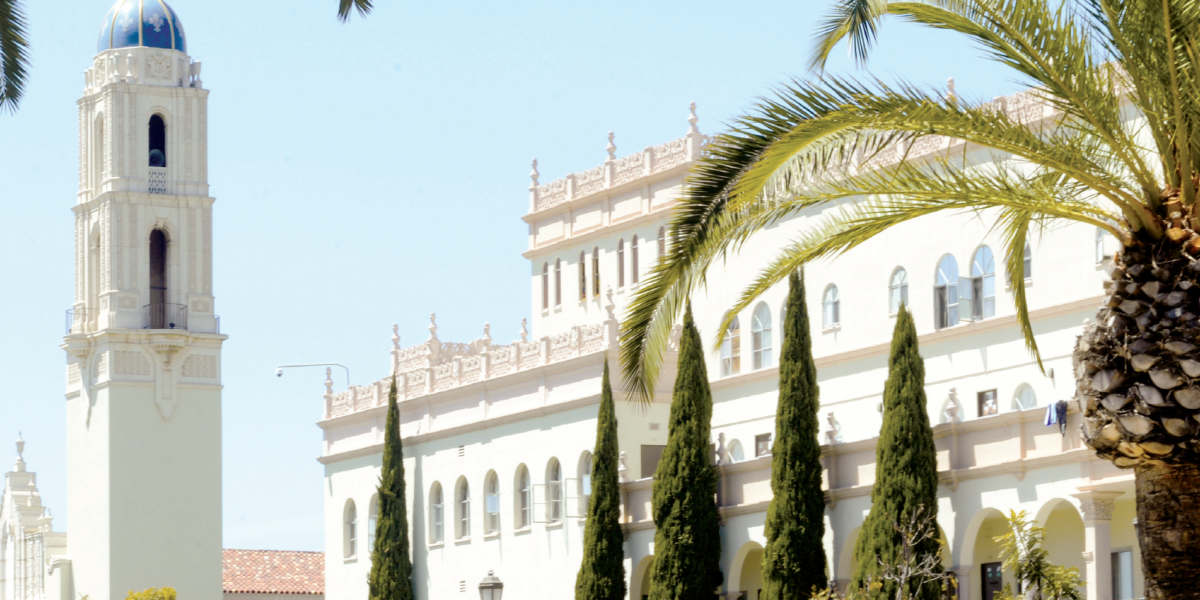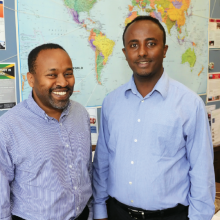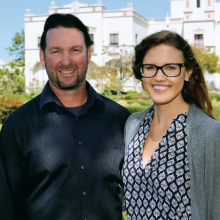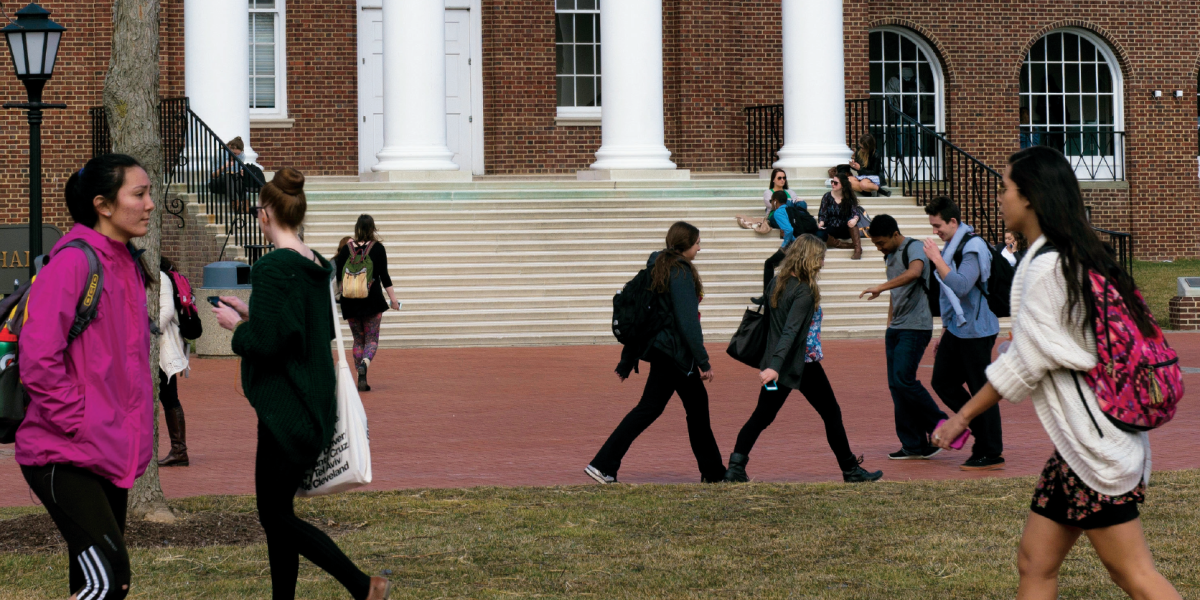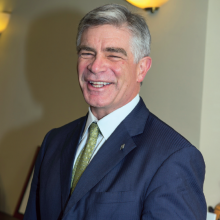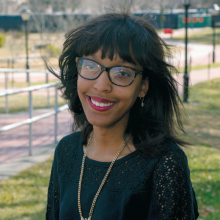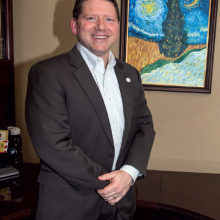2011 Comprehensive Beloit College
Like a championship basketball team from the past, the first dozen Beloit College students who flew off to Europe in 1960 are still remembered and celebrated at the Wisconsin campus as “the Brussels Sprouts” who set the pace for study abroad. Beloit’s international roots extend to the nineteenth century when the first international students enrolled and alumni founded universities in Japan and Turkey. Campus museums display the artifacts that archeology and anthropology professors brought back from Africa and Asia. Between the two world wars, Dean George Collie made headlines with a proposal to turn Beloit into a “world college” for students from around the globe dedicated to pursuing peace and racial harmony.
Today this liberal arts campus by the scenic Rock River is renowned for its success in integrating education abroad into the curriculum. Working with colleagues from Kalamazoo College, International Education Director Elizabeth Brewer coedited and other Beloit faculty contributed to an entire book on the topic, Integrating Study Abroad Into the Curriculum: Theory and Practice Across the Disciplines, which lays out a blueprint for maximizing the benefits of education abroad. “We established a mission statement for international education and then invented learning goals for study abroad,” said Brewer. “We’ve focused on multiple things—communication skills, understanding oneself, learning from the host country, and not just about the host country but making discoveries about the subjects the students study here.” Beloit also is a sponsor of the journal, Frontiers: The Interdisciplinary Journal of Study Abroad. A signature Beloit approach is its Cities in Transition courses that use foreign cities as classrooms and send students off on explorations after teaching them how to map new places, conduct ethnographic studies, and interview strangers about their everyday lives. Brewer, an adjunct professor in German, has helped Beloit secure steady support from foundations for these efforts. Brewer, director of the international education office since 2002, is a former study abroad director who took three years off in mid-career to serve as a Peace Corps volunteer in rural Slovakia.
Integrating Student Insights From Abroad
The 45 percent of Beloit students who take part in education abroad may spend a semester at one of the college’s 11 bilateral exchange partners or sign up for classes offered by other affiliated universities and study abroad organizations. Almost half study in Asia, Latin America, or Africa and only a small number go to any one place. “Our students become extremely self-sufficient, self-reliant, and independent. They learn to problem solve because they are on their own,” said Beth Dougherty, chair of the international relations department. They must write a series of short essays before they go overseas about how the particular program will enhance their education and demonstrate forethought about the country and people they will encounter. The Committee on International Education, composed of six faculty and two students, reviews each application and sometimes orders rewrites. “We pay a lot of attention to their preparation before they go, and we celebrate the experiences in substantial ways when they return,” said President Scott Bierman. The college calls off classes on a Wednesday in mid-November for an International Symposium where dozens of students make presentations on what they learned overseas. Among topics explored in the 47 talks in November 2010 were human rights activism in China, persecution of albinos in Uganda, Muscovites’ remembrance of their war dead, and Mexicans’ use of the folk healing method curanderismo.
The Cities in Transition experiential learning courses have been offered since 2005 in such places as Moscow; Kaifeng and Jinan, China; and, with Mellon Foundation support, in Quito, Ecuador. The students attend other classes taught by local faculty, but a Beloit professor back in Wisconsin directs their research projects and joins them once or twice over the course of the semester. Beloit students have studied the life-size statues and funerary art in a famous Moscow cemetery, interviewed peddlers who erect a “night market” on the streets of Kaifeng each evening, and explored the hardships of life as a migrant worker in Senegal’s capital. Their professors use the Internet to guide and monitor the students’ site-based learning. Some students have won Fulbright grants to continue these explorations after graduation. In a comparative Cities in Transition course taught mainly on the home campus, students examine issues of health and poverty in Beloit and Managua, Nicaragua, where they spend a week mid-semester.
The Cities in Transition pedagogy “helps students get out and look at a city in ways they wouldn’t otherwise,” said Donna Oliver, a professor of Russian who dispatches the students to Moscow’s Novoderichy cemetery to begin their research on remembrance. Daniel Youd, chair of the Department of Modern Languages and Literatures, said a fascination with contemporary China draws many students into study of Mandarin. At first some questioned why they were going to provincial cities instead of Beijing, “but as the word has gotten out that these are great programs, students are more than excited to go to Kaifeng and Jinan,” Youd said.
Unparalleled Preparation for World Citizenship
Beloit adopted a mission statement in 2005 that reads, “Our emphasis on international and interdisciplinary perspectives, the integration of knowledge with experience, and close collaboration among peers, professors, and staff equips our students to approach the complex problems of the world ethically and thoughtfully.” Its 2008 Strategic Plan for the 21st Century committed the college to expanding the Cities in Transition offerings and providing “unparalleled preparation for world citizenship to all students.”
“Our emphasis on international and interdisciplinary perspectives, the integration of knowledge with experience, and close collaboration among peers, professors, and staff equips our students to approach the complex problems of the world ethically and thoughtfully.”
Natalie Gummer, an associate professor of religious studies and expert on Buddhism who has twice taught Cities in Transition courses in China, uses the same mapping and exploration techniques in a freshman seminar she directs that dispatches new students out into Beloit, a city of 36,000 residents dealing with aging industry and one of the highest unemployment rates in Wisconsin. While Beloit may not seem as exotic and unfamiliar as Kaifeng or Quito, the exercise gets the college students thinking from the start “about their role in the community and how to engage thoughtfully with the city and its people,” said Gummer.
Although Beloit has no foreign language requirement, 70 percent of students sign up for at least one language class. Half reach the intermediate level and a quarter complete four semesters of Spanish, French, German, Russian, Mandarin, or Japanese. The college provides resources for students to study Arabic on their own, and offers intensive summer classes in Arabic, Chinese, Japanese, and Russian. All students must take at least two courses on global relations and on another language or culture. Beloit opened a Center for the Study of World Affairs, now part of the international education office, back in 1960, the same year those education abroad pioneers flew off to Brussels.
Grants from the Freeman, Mellon, and Luce foundations have enabled Beloit to add faculty in international relations, Chinese, and Japanese, as well as art history. A third of the 105-member faculty contributed to an Asian studies push that led to a flowering of new courses, including one called The Physics of Asian Music. Twenty-nine faculty traveled to Asia with Freeman Foundation support.
Support for International Students
Beloit enrolled 109 international students in 2009– 10, or 8 percent of the student body. It provides more financial aid to international undergraduates than most U.S. colleges its size or larger. “It’s an enormous commitment on the part of the college, but it’s part of our mission, part of our history,” said Bierman.
The beneficiaries include sophomore Teng (Ted) Liu, 20, of Chengdu, China, the son of a local official and a policeman. It took just one class at Beloit for Liu to decide to major not only in economics but also anthropology. The college gave him a grant to spend a month in New York City’s Chinatown after his freshman year researching how Buddhism helps Chinese immigrants adjust to U.S. life. “Anthropologists and economists need to learn from each other,” said Liu, who believes cultural sensitivity will stand him in good stead for an international business career.
“Anthropologists and economists need to learn from each other, said Liu, who believes cultural sensitivity will stand him in good stead for an international business career.”
Kristof Huszar, 20, an exchange student from Eötvös Loránd University, Hungary, savored his one semester on the Wisconsin campus. “I learned new things from different perspectives,” said the budding mathematician, son of a history professor and English teacher. “I have many American friends. The whole atmosphere here is very international. It’s just a global thinking. Quite often students from five continents sit at the same table and have lunch together. This was such a great experience for me.”
Weissberg Chair Draws International Leaders
Each spring the college brings in a prominent international figure for a weeklong series of classes and lectures first made possible by a gift from Marvin Weissberg, a real estate developer and Beloit parent. Daughter Nina Weissberg, class of 1984, now a trustee, is involved as well. Former Iraqi defense, finance, and trade minister Ali Allawi held the visiting Weissberg Chair in International Studies in 2011. Among his predecessors dating back to 1999 have been Palestinian leader Hanan Ashrawi, South African Justice Richard Goldstone, and Jan Egeland, former head of humanitarian affairs for the United Nations.
Allawi, an exile during the long regime of Saddam Hussein and his Ba’ath Party, survived two attempts on his life in Baghdad. The historian now sees “a glimmer of light at the end of a dark tunnel” for Iraq and the Middle East. He drew hope from how France and Germany resolved their historic enmity, and from South Korea’s reconciliation with Japan despite years of mistreatment. “The Koreans transcended that. They had to. It’s a question not only of survival but the well being of their people. You can’t just be looking at rectifying historical injustices all the time,” said Allawi. “There has to be something better at the end of the day.”
Short-Term ‘Advertisements’ for Semester Study Abroad
It might be expected that at a liberal arts college with such emphasis on international education, an even higher percentage of students would study abroad. The emphasis on semester programs and the academic calendar at Beloit—there is no January term—“works against us in terms of the metrics,” said Bierman. For first- and second-year students he favors adding new, short-term education abroad offerings “carefully crafted so that they are not seen as substitutes for the semester-length experiences, but rather as advertisements for a subsequent longer period abroad.”
Bierman sees a double advantage to having faculty lead short-term education abroad courses: it would enrich their own international experience and expertise. “We expect faculty to introduce international elements into nearly every class that they teach at Beloit, but that would be leveraged if faculty also had greater opportunities to teach abroad,” the president said.
Up to three-quarters of international relations majors write senior theses on topics they began researching abroad. Pablo Toral, associate professor of political science, said one student who studied disruptions caused by two big dams in Thailand knew so much about the project that students at the Thai university took to calling her “Mrs. Dam.”
Cultivating ‘Intentionality’ About Study Abroad
The Spanish-born Toral advises students who head abroad without a thesis topic in mind “to relax. If you don’t find your thesis, the thesis topic will find you.” The key is to steer them to the right courses beforehand, help them ask the right questions while abroad, “and when they come back, you can’t let the dream die. You have to keep feeding them, pushing them,” said Toral. International education “is a never ending project.”
This strong focus on cultivating “student intentionality” about education abroad and then encouraging undergraduates to take full advantage of international events on campus are “helping us improve the learning outcomes from study abroad,” said Brewer. Students “are bound to learn something if you send them overseas, but the outcomes are so much stronger if you help them think about what they’re trying to achieve before they go.”


